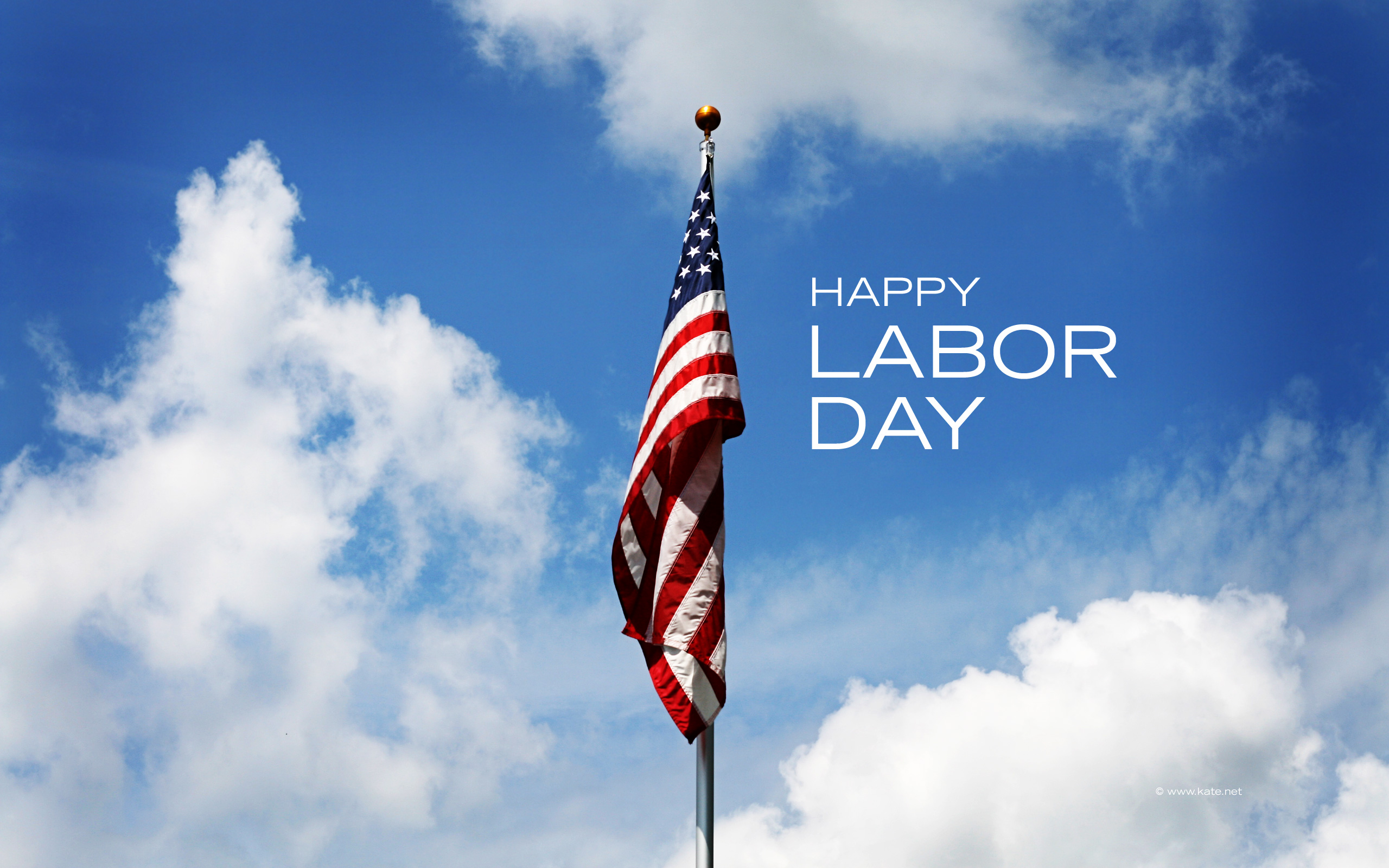Effective Against Many Airborne Virus Types, but Coronavirus?
by Kelly R. Smith
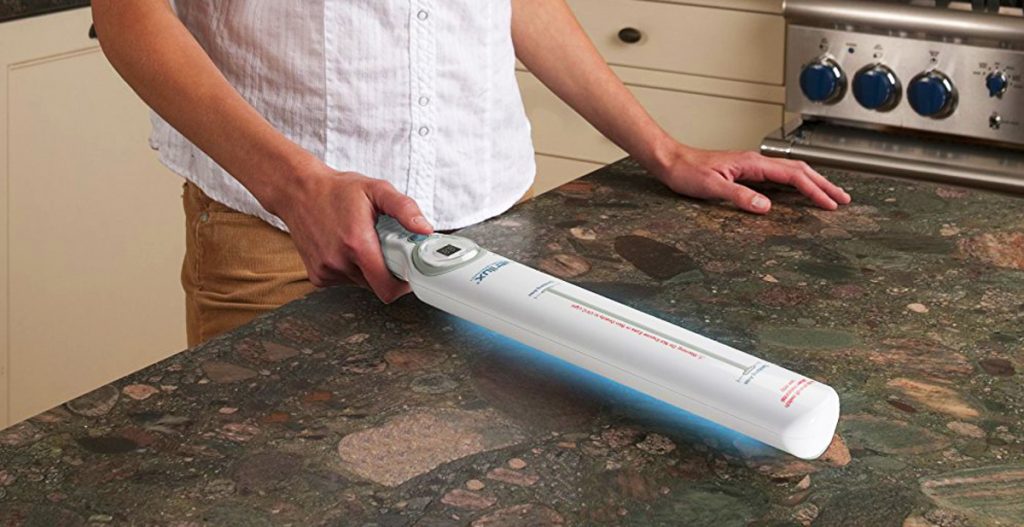
|
Ads we feature have been independently selected and reviewed. If you make a purchase using the links included, we may earn commission, which helps support the site.
The short answer is that yes, UV light sanitizers do kill COVID-19. In fact, for years now HVAC technicians have been installing them in heating and cooling ducts to kill viruses, mold spores, and bacteria as air gets recirculated. This might have prevented Legionnaire’s Disease.
The long answer is, it depends. ConsumerLab.com puts it this way, “Yes, ultraviolet light in the “C” range, also known as UVC, has been shown to kill SARS-CoV-2, the virus that causes COVID-19. The big challenge with using UV-C light is being sure your UV lamp provides a large enough dose of UVC light to all the surfaces you need to disinfect, such as a mask, phone, or an entire room, and that you are not exposed to the UVC light, as it is dangerous.”
Should You Buy and Use a UV Light Sanitizer?
It certainly couldn’t hurt as long as you take ConsumerLab’s advice. Just as it is with other products that have skyrocketed in demand (remember toilet paper when the COVID-19 pandemic struck) overnight, these UV lights are flying off the shelves.
Consequently, there are likely to be a lot of “cheap imitations” out there, mostly from China. These things do have a way of coming full-circle, don’t they? Just be sure to do due diligence before parting with your cash.
Other Ways to Protect from the Coronavirus
- Wear a mask. Yes, I know people are polarized about this issue, about whether the mandate infringes on their constitutional rights or not. People on both sides tend to get very bellicose about it. I don’t like it but on the chance that it works, I’ll do it.
- Use disposable gloves. I saw more people using these when we embarked on this journey than now. They’re practical for some things, not for others.
- Wash your hands regularly with soap and water. Also, clean them with an alcohol-based hand rub. Hygiene is important.
- Avoid touching your face. This touching is automatic so this strategy might be difficult. The mask makes my nose itch.
- Practice physical distancing. Avoid unnecessary travel. Stay away from large groups of people.
It seems that the verdict is in — UV light sanitizers are effective at killing COVID-19 virus if you use one that is powerful enough and you do it with zeal and overkill. There’s no visible meter that tells you when you’re done. Don’t shilly-shally. But do participate in the poll on the right-hand side of this page. Thanks!
References:

Looking for more great content? Visit our partner sites:
I offer article and blog-writing services. Interested? Hire Me!
Did you find this article helpful? Millions of readers rely on information on this blog and our main site to stay informed and find meaningful solutions. Please chip in as little as $3 to keep this site free for all.
Visit Kelly’s profile on Pinterest.
About the Author:
 Kelly R. Smith is an Air Force veteran and was a commercial carpenter for 20 years before returning to night school at the University of Houston where he earned a Bachelor’s Degree in Computer Science. After working at NASA for a few years, he went on to develop software for the transportation, financial, and energy-trading industries. He has been writing, in one capacity or another, since he could hold a pencil. As a freelance writer now, he specializes in producing articles and blog content for a variety of clients. His personal blog is at I Can Fix Up My Home Blog where he muses on many different topics.
Kelly R. Smith is an Air Force veteran and was a commercial carpenter for 20 years before returning to night school at the University of Houston where he earned a Bachelor’s Degree in Computer Science. After working at NASA for a few years, he went on to develop software for the transportation, financial, and energy-trading industries. He has been writing, in one capacity or another, since he could hold a pencil. As a freelance writer now, he specializes in producing articles and blog content for a variety of clients. His personal blog is at I Can Fix Up My Home Blog where he muses on many different topics.



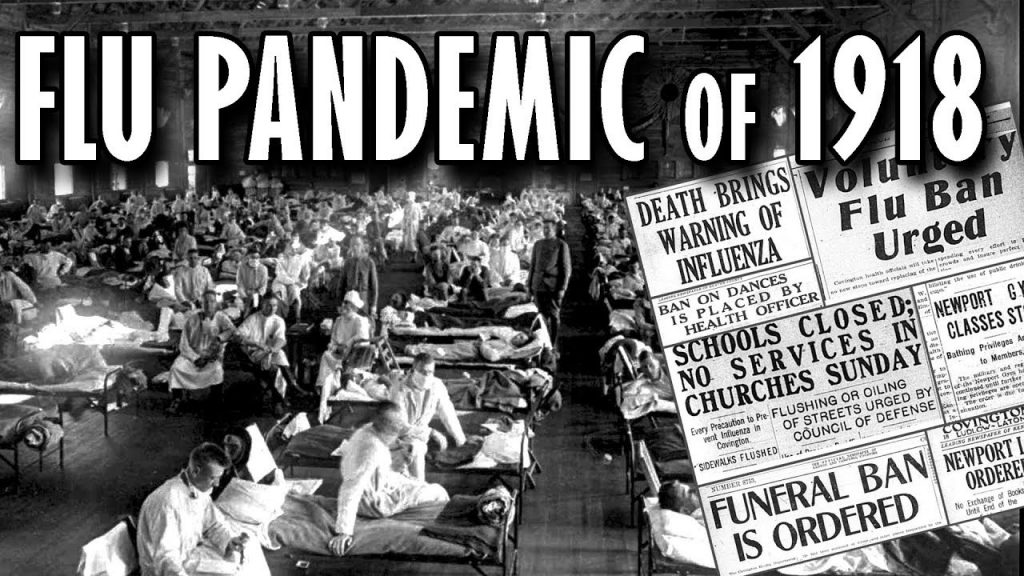
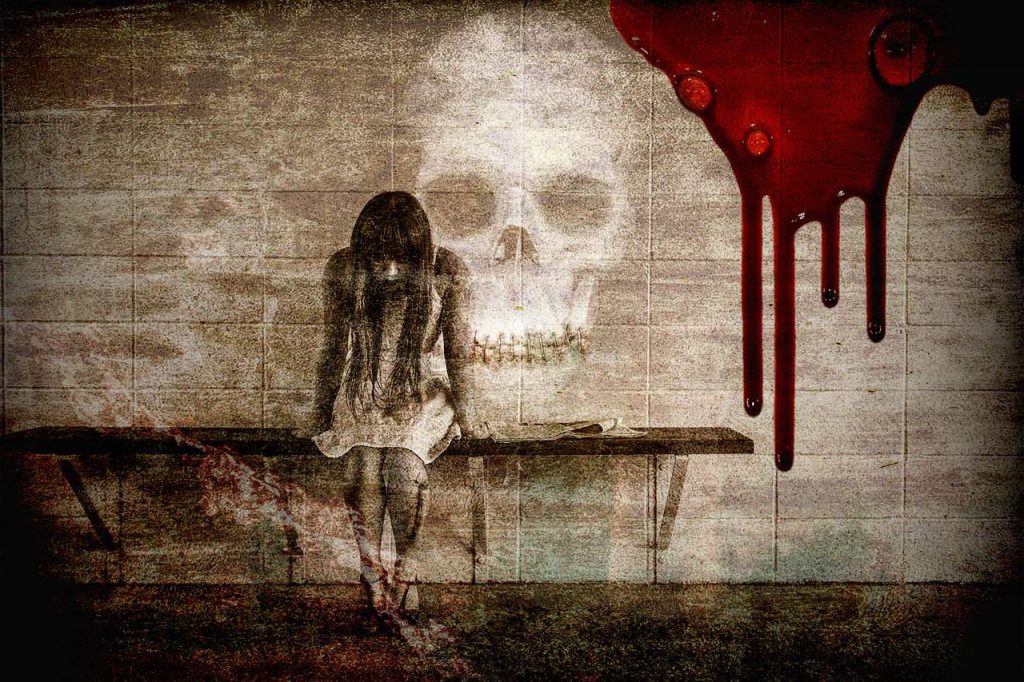
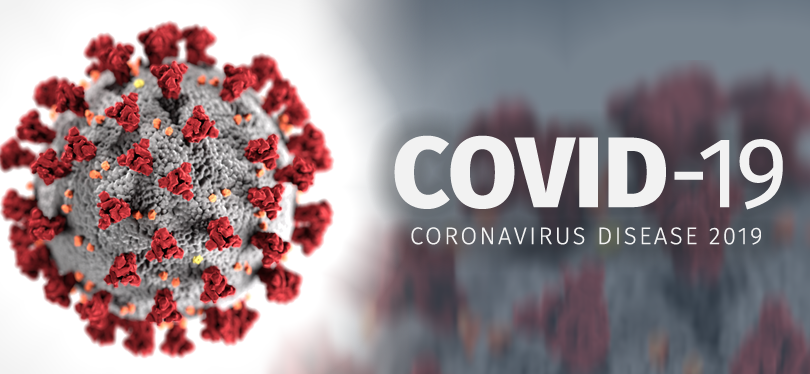
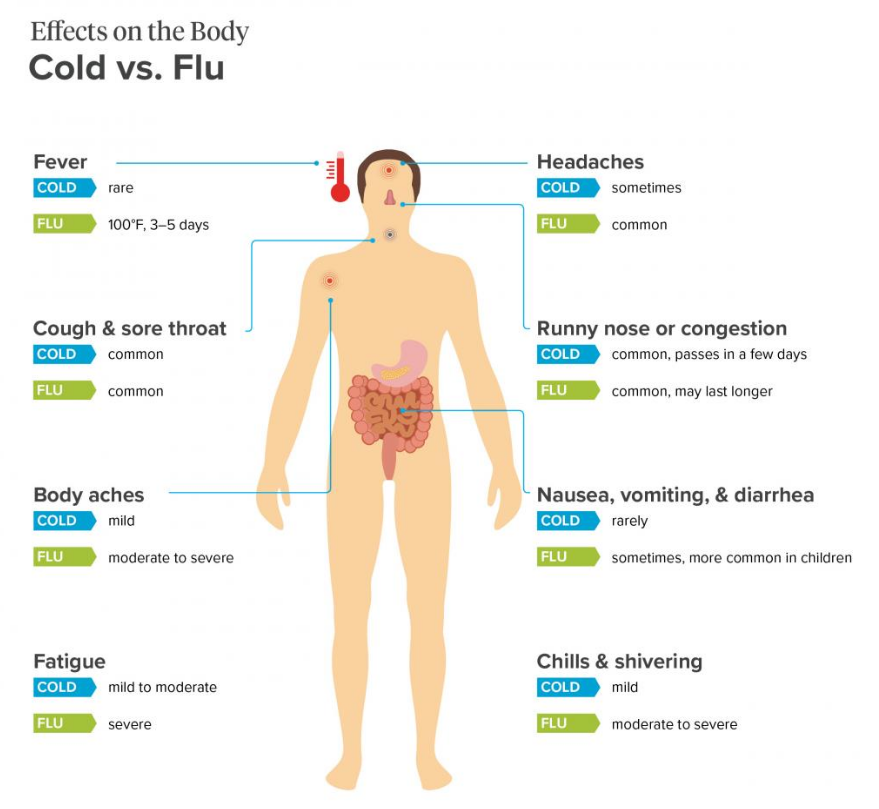
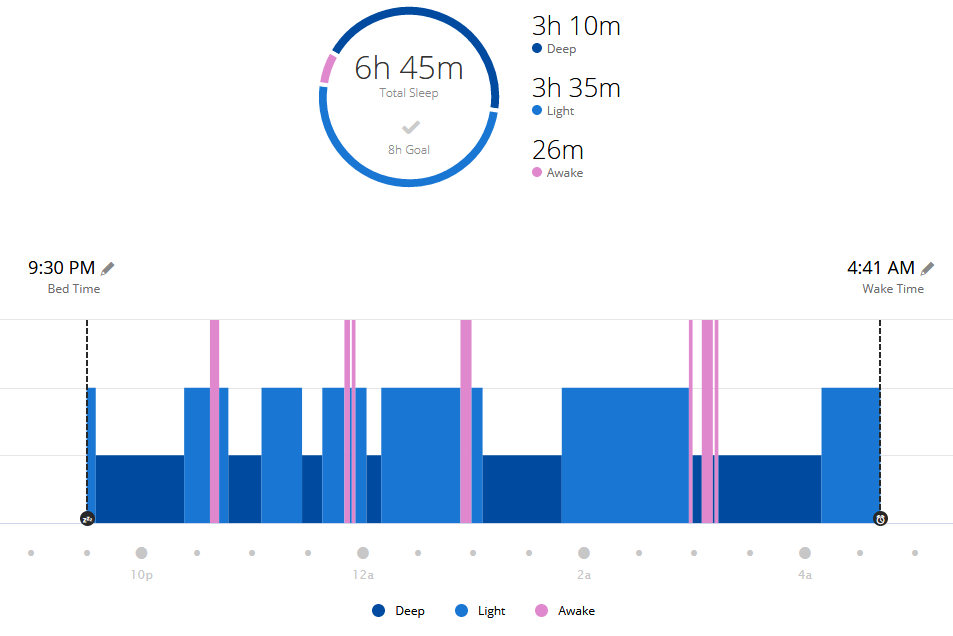

 Kelly R. Smith is an Air Force veteran and was a commercial carpenter for 20 years before returning to night school at the University of Houston where he earned a Bachelor’s Degree in Computer Science. After working at NASA for a few years, he went on to develop software for the transportation, financial, and energy-trading industries. He has been writing, in one capacity or another, since he could hold a pencil. As a freelance writer now, he specializes in producing articles and blog content for a variety of clients. His personal blog is at
Kelly R. Smith is an Air Force veteran and was a commercial carpenter for 20 years before returning to night school at the University of Houston where he earned a Bachelor’s Degree in Computer Science. After working at NASA for a few years, he went on to develop software for the transportation, financial, and energy-trading industries. He has been writing, in one capacity or another, since he could hold a pencil. As a freelance writer now, he specializes in producing articles and blog content for a variety of clients. His personal blog is at 